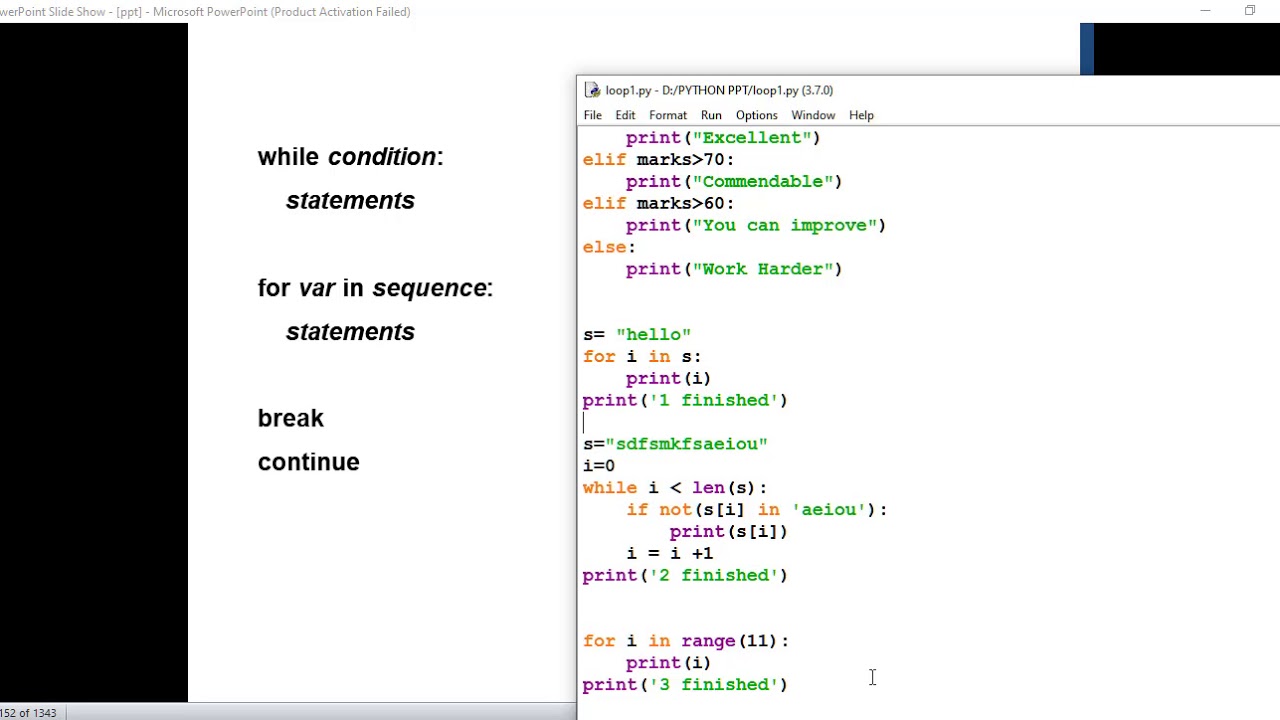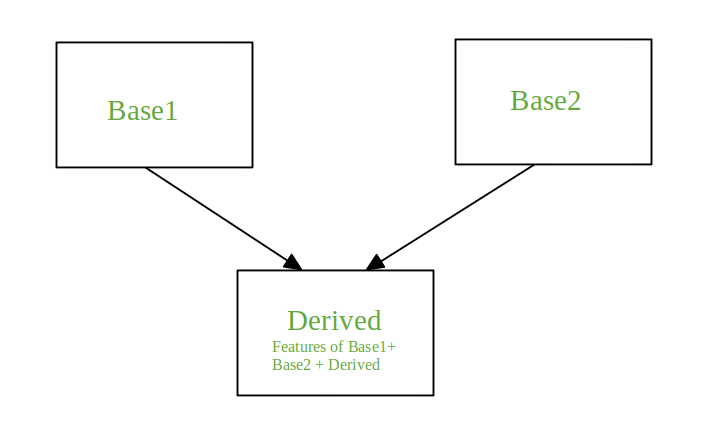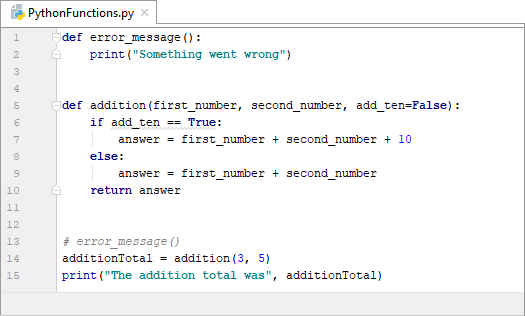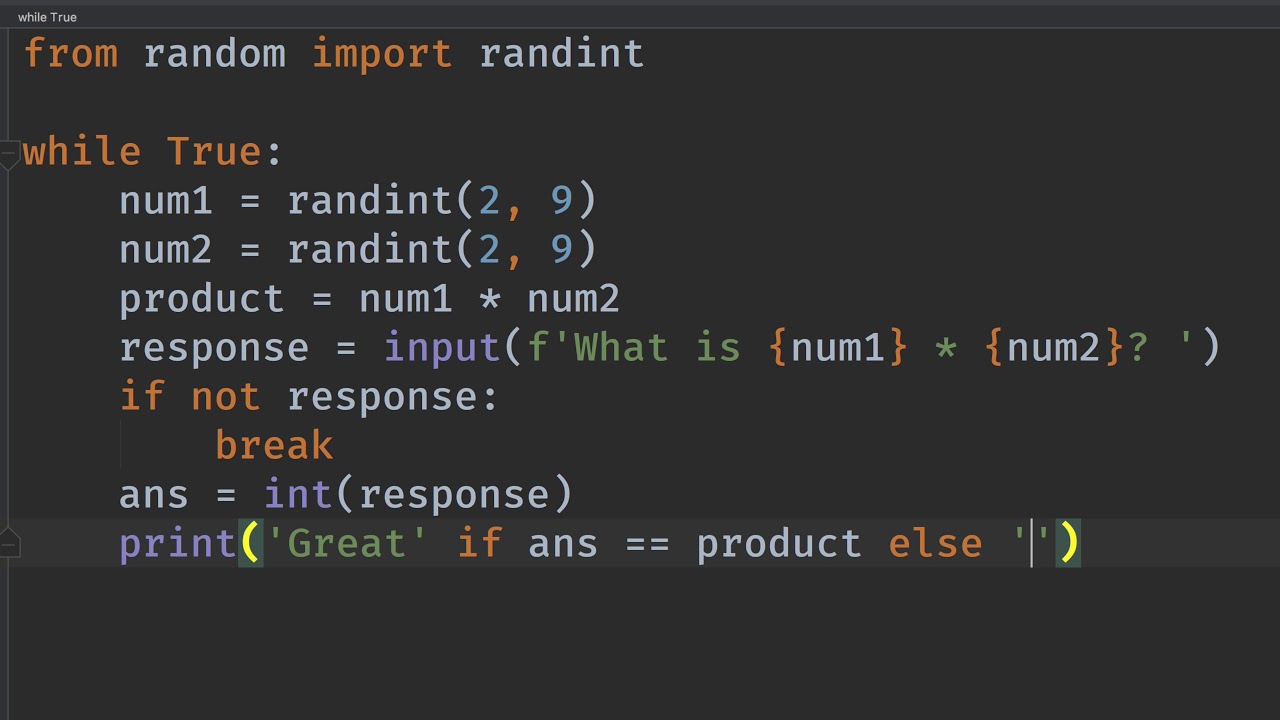How do you find the difference between two points in Python?
How do you find the difference between two points in Python?
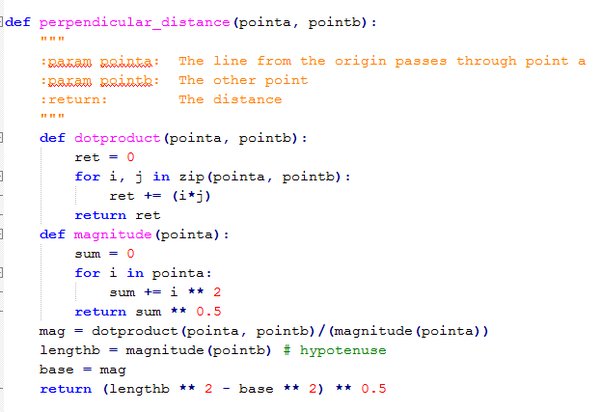
I'm happy to help!
In Python, finding the difference (or distance) between two points is a common operation, especially when working with geographic coordinates or plotting data on graphs. There are several ways to calculate this distance, depending on the type of points and the desired result.
Euclidean Distance

One simple way to find the difference between two points in Python is by using the Euclidean distance formula. This method calculates the straight-line distance between two points in a multi-dimensional space. Here's an example:
import math
def euclidean_distance(p1, p2):
return math.sqrt((p2[0] - p1[0])**2 + (p2[1] - p1[1])**2)
Example usage:
point1 = (3, 4)
point2 = (6, 8)

distance = euclidean_distance(point1, point2)
print(distance) # Output: 5.0
In this example, the euclidean_distance function takes two points as input, each represented as a tuple of two coordinates (x, y). The formula calculates the squared difference between the x-coordinates, then adds the squared difference between the y-coordinates. Finally, it takes the square root of the sum to get the Euclidean distance.
Haversine Distance
When working with geographic coordinates (latitude and longitude), you may want to use a more suitable method to calculate the distance between two points on the surface of the Earth. The Haversine formula is often used for this purpose. Here's an example:
import math
def haversine_distance(lat1, lon1, lat2, lon2):
R = 6371 # Radius of the Earth in kilometers
dlat = math.radians(lat2 - lat1)
dlon = math.radians(lon2 - lon1)
a = math.sin(dlat/2) * math.sin(dlat/2) +
math.cos(math.radians(lat1)) * math.cos(math.radians(lat2)) *
math.sin(dlon/2) * math.sin(dlon/2)
c = 2 * math.atan2(math.sqrt(a), math.sqrt(1-a))
distance = R * c
return distance
Example usage:
point1 = (51.5074, -0.1253) # London
point2 = (40.7128, -74.0060) # New York
distance = haversine_distance(*point1, *point2)
print(distance) # Output: approximately 5,570 km (or about 3,450 miles)
In this example, the haversine_distance function takes four coordinates as input (latitude and longitude for each point). The formula calculates the angular distance between the two points using the Haversine approximation. This method is more accurate than the Euclidean distance when dealing with geographic coordinates.
Other Methods
There are many other ways to calculate distances between points in Python, depending on the specific requirements of your project. Some examples include:
Manhattan distance (L1 distance): used for grid-based calculations Chebyshev distance: used for maximum distance calculations Minkowski distance: a generalization of the Euclidean and Manhattan distancesWhen choosing a method to calculate the difference between two points in Python, consider the type of data you're working with, the desired level of accuracy, and the computational complexity required.
I hope this helps!
How do you find the difference between two values in python example

I'd be happy to help!
To find the difference between two values in Python, we can use the subtraction operator (-) or create a function that calculates the difference for us. Let's explore both approaches.
Method 1: Using Subtraction Operator

Here's an example:
x = 10
y = 5
diff = x - y
print(diff)
Output:
5
In this example, we assign x and y values of 10 and 5 respectively. Then, we calculate the difference between them using the subtraction operator (-). The result is stored in a variable named diff. Finally, we print the result.
Method 2: Creating a Function
Let's create a function that calculates the difference:
def find_diff(x, y):
return x - y
x = 10
y = 5
result = find_diff(x, y)
print(result)
Output:
5
In this example, we define a function find_diff that takes two arguments, x and y. The function returns the difference between them. Then, we call the function with our desired values for x and y, and store the result in a variable named result. Finally, we print the result.
More Examples
Let's try some more examples to demonstrate how this works:
# Example 2: Difference of negative numbers
x = -10
y = -5
diff = x - y
print(diff)
Output:
-5
In this example, we calculate the difference between two negative numbers. The result is also a negative number.
# Example 3: Difference of decimal numbers
x = 4.2
y = 1.8
diff = x - y
print(diff)
Output:
2.4
In this example, we calculate the difference between two decimal numbers. The result is also a decimal number.
Conclusion
In Python, you can find the difference between two values using either the subtraction operator (-) or by creating a function that calculates the difference for you. This functionality allows you to perform arithmetic operations and analyze data in various contexts, such as financial calculations, scientific simulations, or even simple programming tasks like finding the distance between two points.
Remember, practice makes perfect! Try experimenting with different scenarios and values to solidify your understanding of how this works.







